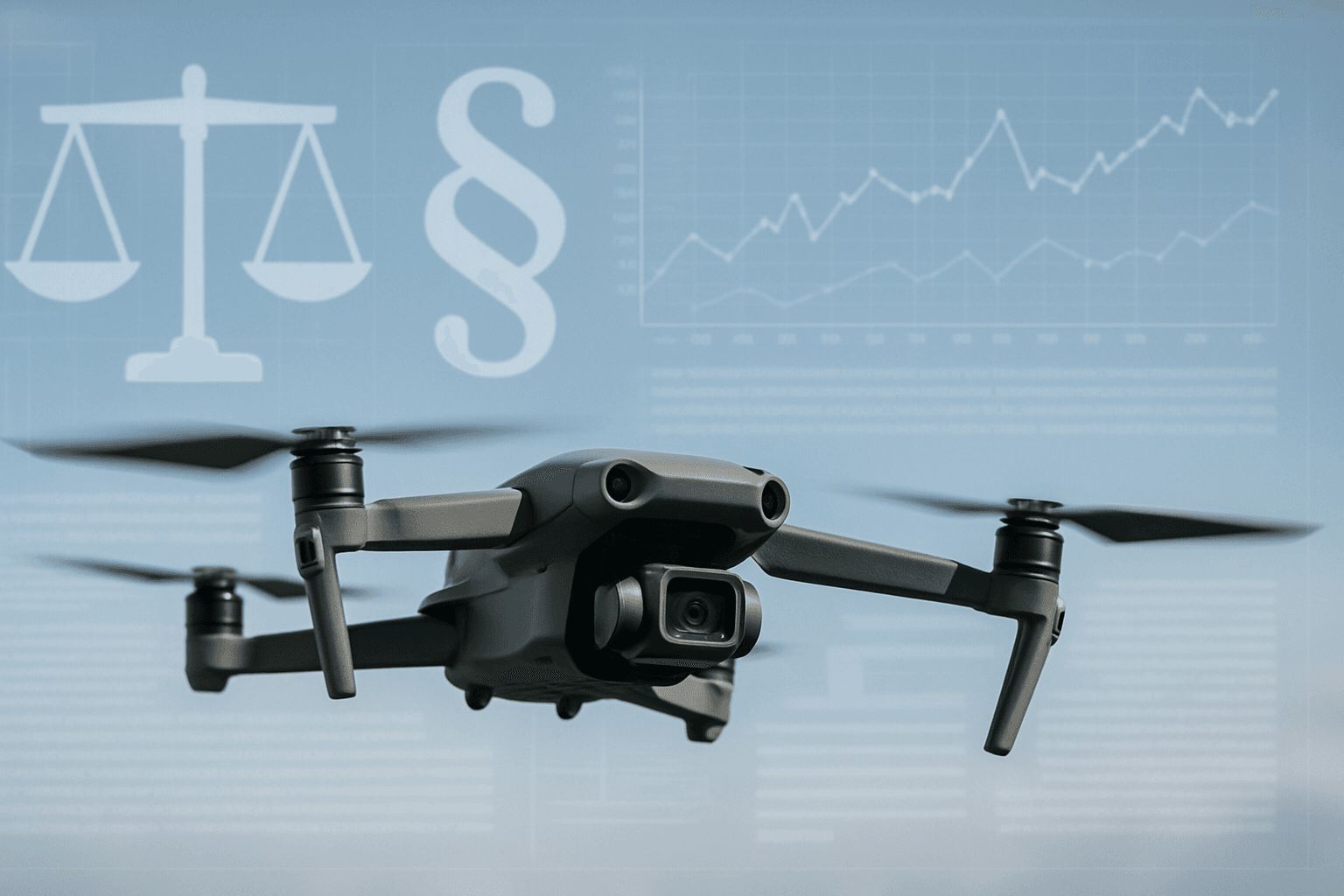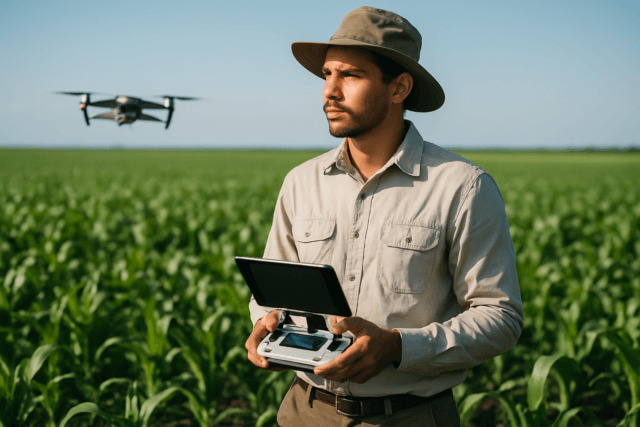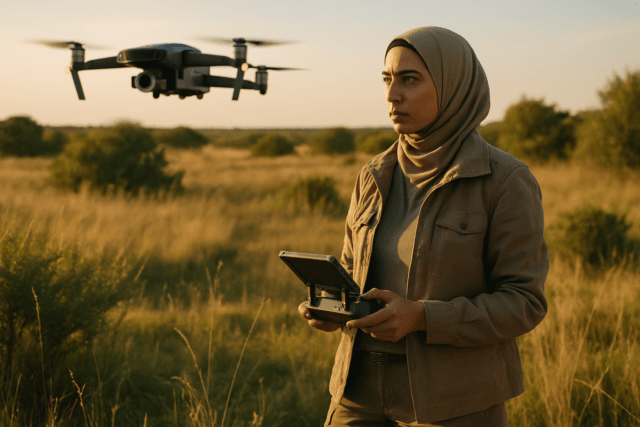Drones have become increasingly popular in the UK, used for everything from recreational flying and aerial photography to commercial surveying and delivery services. However, with this increased popularity comes a greater need to understand and adhere to the complex legal landscape surrounding drone operation. This guide breaks down the key legal issues facing drone pilots in the UK in 2025, ensuring you stay on the right side of the law, whether you’re a hobbyist or a professional.
Why You Need to Know UK Drone Laws
Navigating drone laws can seem daunting, but understanding the regulations is crucial for several reasons:
- Safety: Compliance with drone laws ensures the safety of people on the ground, other aircraft, and property.
- Legality: Flying a drone in violation of UK laws can lead to hefty fines, drone confiscation, and even imprisonment.
- Privacy: Drone operators must respect privacy laws to avoid legal repercussions and maintain ethical standards.
- Insurance: Operating commercially without the required certifications and insurance can result in significant penalties.
Key UK Drone Laws and Regulations in 2025
The UK Civil Aviation Authority (CAA) regulates drone operations in the UK. The primary legislation governing drone use includes the Air Navigation Order 2016 (as amended) and the Civil Aviation Act 1982. Here’s a breakdown of the essential rules:
1. Registration and Identification
- Operator ID: Anyone responsible for a drone weighing 250g or more, or one equipped with a camera (unless classified as a toy), must register with the CAA and obtain an Operator ID. The fee for this is approximately £10.33. You must be 18 or over to register for an Operator ID. This ID must be displayed on all drones you own.
- Flyer ID: Anyone intending to fly a drone (even if they don’t own it) must pass an online theory test and obtain a Flyer ID. This ID demonstrates basic knowledge of safe and legal drone operation. If you are under 13, someone over 18 must be with you to take the test.
- Age Restrictions: If a child intends to fly a drone requiring an Operator ID, a parent or guardian must apply for it on their behalf.
2. Drone Class Marks (C0-C4)
- New Classifications: From January 1, 2026, all new drones sold in the UK will be required to meet product standards and be classified from C0 to C4 based on their weight and capabilities. These classifications will determine how and where you can fly.
- Legacy Drones: Until January 2026, if your drone doesn’t have a class marking, you can fly it under the existing categories based on weight.
- Transitional Rules: Drones under 250g can be flown in subcategory A1 (as well as A2 and A3). Drones less than 2kg can be flown in subcategories A2 and A3, but a 50-meter distance from people must be maintained, and the pilot must pass the A2 theory exam (A2 Certificate of Competency or ‘A2 CofC’).
- Future Intentions: The CAA intends to implement the class marking system in the longer term, once they have the systems in place to do so properly.
3. General Flying Rules
- Maximum Altitude: Drones must not be flown higher than 400 feet (120 meters) above the surface.
- Visual Line of Sight (VLOS): Operators must maintain a clear visual line of sight with the drone at all times, without using visual aids like binoculars.
- Restricted Airspace: Permission is required to fly in restricted airspace, such as near airports, government buildings, and military bases.
- Airport No-Fly Zone: Drones must not be flown within a 5-kilometer (3-mile) radius of airports.
- Distance from People: A minimum distance of 50 meters must be maintained from people not involved in the drone operation.
- Distance from Built-up Areas: Drones weighing 250g or more must remain 150 meters away from residential, commercial, or industrial zones.
- No-Fly Zones: Drones must not be flown over crowds or “assemblies”.
- Emergency Situations: Drones must not be flown where emergency services (fire, police, ambulance) are responding to an incident, unless permission is granted.
- Endangering Safety: It is illegal to endanger a person or property during a flight or to endanger the safety of an aircraft.
4. Flying Over Private Property
- Legality: It is generally legal to fly a drone over private property in the UK, provided you comply with CAA regulations, maintain safe distances, and respect privacy rights.
- Take-off and Landing: You must obtain the landowner’s permission to take off or land your drone on their property; otherwise, it could be considered trespassing.
- Airspace Rights: While homeowners often assume they own the airspace above their property, the legal reality is more nuanced. Section 76(1) of the Civil Aviation Act 1982 states that no action for trespass or nuisance lies for the flight of an aircraft (d





